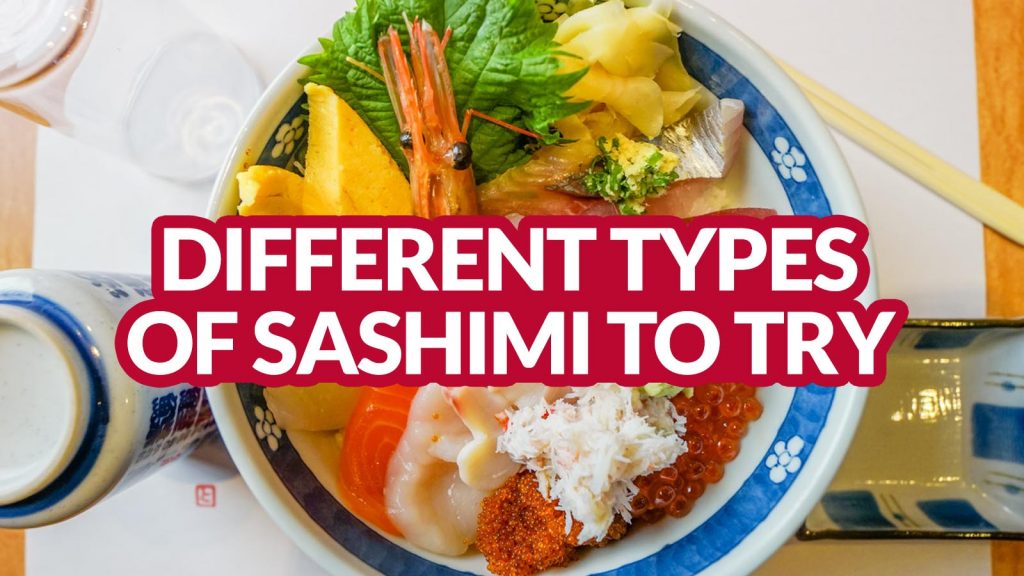Sashimi is one of the most famous types of food in the country along with sushi and ramen. Sashimi consists of thin slices of raw food (often seafood) served on a plate. However, restaurants also serve other kinds of meat like beef and horse when a customer orders sashimi. Sushi also includes raw food, but sushi also has vinegar and rice as its main ingredients.
Food is a huge part of a country’s culture and even history. Get a taste of both as you sample the best sashimi that big and small establishments offer. If you are planning to eat sashimi during your trip to Japan, here are types to consider adding to your list.
Maguro
Maguro (Bluefin Tuna) is a staple of many restaurants that serve sashimi. Chefs serve most parts of this seafood, but its meaty part (akami)is what many customers eat. The toro or belly fat meat is pricier because of its rich taste. The toro and akami are delicious and worth the money you pay for them. Establishments use only the best parts when they make and serve sashimi.
Tako
Octopus meat is another sashimi type you can try while restaurant-hopping in different parts of Japan. Chefs usually boil it first before serving to customers. The meat is a bit rubbery or chewy depending on how the chef prepares it. For sashimi, the chef needs to slice it thinly so that a customer can chew it properly.
Hotate
Scallop or hotate is prized seafood not just for sashimi but in Japanese cuisine in general. Chefs prepare this type of sashimi in a way that its texture remains firm and it gives a sweetish taste. Most just serve the hotate’s white meat, while others also include its viscera.
Tai
Sea bream or tai is a sashimi type that provides you with a subtle taste. Japanese chefs consider it as one of the most prized fish in the country. Sea bream has a bit of everything such as color, texture, and taste. Many buy and eat this for celebrations because of what it symbolizes.
Ebi
Shrimp isn’t just for tempura but is also a sashimi type. Chefs sweeten the shrimp or prawn they serve when customers order sashimi. Japanese tiger prawns and red shrimps are in high demand because of their texture and taste.
Sake
Salmon is a local favorite and is often part of sashimi meals. Its distinct orange-colored meat is soft and fatty, and most importantly, delicious! Japanese chefs use and serve the fatty portion of the belly for a satisfying meal.
Katsuo
This is a kind of tuna that is also often served when customers order sashimi. The usual and popular way to serve this is raw and a bit seared. They will then cut the fish into thin slices and serve it with some condiments to give it a unique taste.
Ika
The Japanese love seafood; they cook and serve it deep-fried, covered in some sauce or raw like in sashimi. Ika or squid is another common sashimi type. Its white meat will entice you to take a bite. Once you sink your teeth into it, you’ll taste its distinct and subtle flavor while feeling its firmness in your mouth.
Uni
If you have a bit more money to spend to splurge on sashimi, you might want to consider having uni or sea urchin. Many Japanese consider this type of sashimi a delicacy because of its yellowish color and rich taste. A bit of it will remind you of the ocean because of its briny taste. If you want to have the best uni sashimi during your trip to Japan, you might want to make a stopover at Hokkaido.
Hokkigai
Seafood lovers will enjoy eating sashimi because of the various kinds one will get in a restaurant. One sashimi type to try is hokkigai or surf clam. Chefs often serve this sashimi raw but others also boil it a bit to make the meat firmer.
Saba
Mackerel or saba is another sashimi type to include in your culinary adventure while in Japan. This has a bold and distinct flavor but is also a bit oily. Chefs serve this with some ginger and green onions to create a balanced and delicious taste.
Kanpachi
Kanpachi or also known as yellowtail is a delicious sashimi type. It has a translucent appearance and has mild meat that seems like it will melt in your mouth.
Ikura
Salmon roe or also known as ikura is a sashimi type that has an orange color and looks like small eggs. Chefs cure it in either soya sauce or salt to give it flavor. Once you eat and start chewing a spoonful, you’ll taste its saltiness.
